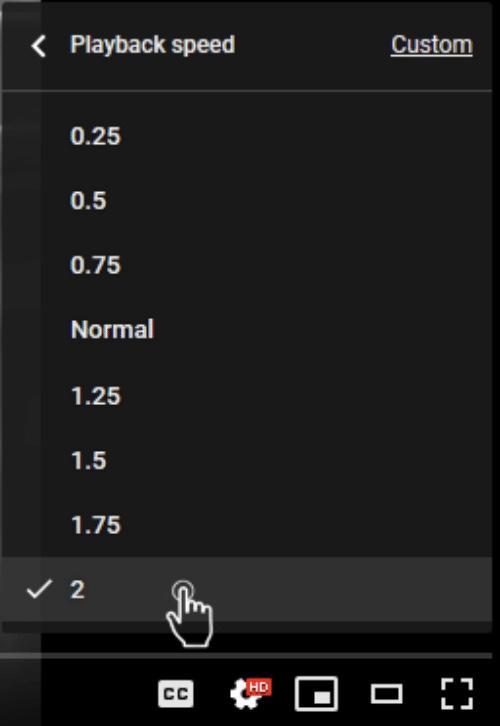It’s finally Friday.
After an insanely boring and exhausting week of school, I have a rare moment to relax and indulge in some of my favorite shows. Turning on my computer, I get comfortable in my fluffy white chair, watching the iconic “N” animation of Netflix flash across the screen. As an episode of “Madam Secretary” starts playing, I set the “Playback Speed” to 1.5x, and my pinkie finger finds its home on the right arrow key, ready to click every five seconds.
My younger sister rushes into my room, shaking her head disapprovingly at my apparently appalling television habit of speed watching: watching shows at double speed and skipping parts of the show (yes, it’s a thing — look it up on Urban Dictionary).
I know you’re thinking, “How could you? You’re missing out on prime entertainment!”
I hear you. But I’m not the only one who loves this method of watching TV. According to Teller Report, 40% of young audiences speed watch.
Speed watching is convenient, allowing me to move through slower plot points quicker. It takes me an hour or less to watch content that normally spans several hours without missing any of the story or character development. Moreover, the extra time left over allows me to watch even more shows, since each 45-minute episode takes me about 10 minutes to get through.
To save even more time, I look up the plot of the movies on Wikipedia. As someone who hasn’t watched every Star Wars or Marvel movie, I use this method to keep myself in the loop about the complicated plot points and storylines. I know a summary doesn’t do justice to the movies, but I don’t have time to watch all 25 Marvel movies and all 12 Star Wars movies — even with speed watching — so I’m going to have to stick to my good ol’ pal, Wikipedia.
Speech watching is an ingenious idea that allows me to get through lots of content in a little time, and looking up movie summaries allows me to have a broad knowledge about films without having to sit through them in the first place.


























